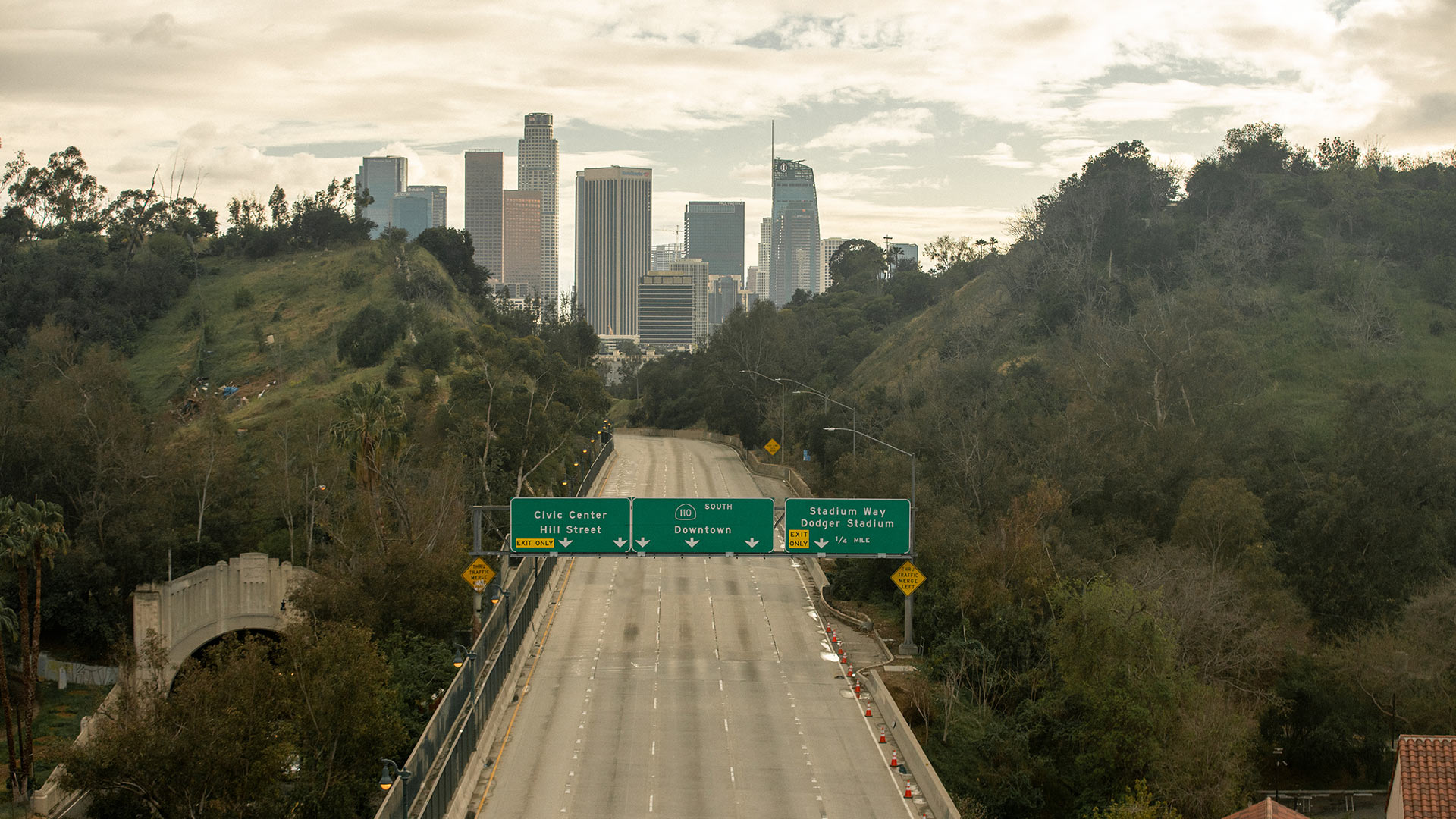
Highway shootings in California have doubled over the last two years, leaving experts puzzled and searching for answers.
Highways across the state have seen at least 411 recorded shootings in 2021, according to California Highway Patrol data.
The numbers paint a disturbing picture of highway gun violence in the state, which has doubled over the last few years.
In 2020, the CHP recorded 397 shootings on highways, and in 2019 there were 210 incidents.
Many of these shootings had fatal outcomes. For example, CHP said that 26 shootings were fatal in 2021.
CHP authorities said that 121 of the shootings — or nearly a quarter — took place in the San Francisco Bay Area. The CHP Los Angeles division recorded the second-highest amount, with 99 shootings. Seventy-five took place in the San Bernadino area and 46 in the Central Valley.
As for why, the CHP said that the majority of shooting incidents were due to road rage. Only about 3% were gang-related.
The statistics are not particularly surprising within the context of nationwide gun violence, which has also been on the rise in the last few years.
According to the FBI, the U.S. recorded a 30% increase in homicides nationwide in 2020. The majority of those were due to shootings.
That same year, California recorded 2,202 homicides — a 31% increase from the year before.
Law enforcement experts and gun violence prevention workers say that conflicts have migrated from neighborhoods to highways due to stress and economic changes caused by the pandemic. Another factor behind the shootings is that perpetrators realize such shootings are harder for investigators to solve.
“The freeway isn’t the problem, it’s the lack of respect and value for life in people’s minds and hearts,” said Ramon Price, a father of a highway shooting victim. “Because of that, nowhere is safe.”
Price, who was himself involved in drug dealing before changing his life and becoming a gun violence advocate, said that the street rules have changed in recent years.
“There’s no rules or loyalty anymore. Any argument can lead to death. People don’t know how to agree to disagree, and instead, it escalates.”
Joshua Jackson, the assistant special agent in charge with the U.S. Bureau of Alcohol, Firearms, Tobacco and Explosives’ (ATF) San Francisco field division, said that law enforcement agencies have difficulty solving shootings that take place on the highway.
When it comes to investigations, the main roadblock has to do with collecting evidence. On the highway, there is rarely any surveillance footage or eyewitnesses, and bullet casings are difficult to locate as they are often destroyed by tires or caught in their treads.
“Shooting on the freeway is an easy way for someone to attack their rival and then get on to the streets to evade law enforcement,” Jackson stated.
To address these shortcomings, some counties are opting to increase the amount of highway surveillance footage and other technologies to gather important evidence.
For example, Contra Costa County, located east of Oakland, recently set up a detailed surveillance system on local highways with a high number of shootings.
License plate readers and ShotSpotter microphones were paired with the cameras and programmed to turn toward the sound of gunfire. They then send the data to a large surveillance center operated by the Pittsburg Police Department.
“All these tools have been extremely valuable in aiding in investigations,” Captain Patrick Wentz of the Pittsburg police said.
Wentz, who heads the freeway security network, believes this is what the public wants.
“There’s also a public sentiment around this, the public wanting law enforcement to use all the technologies available.”
California Governor Gavin Newsom also vowed to make use of surveillance technology to combat the crimes.
The governor included more than $10 million in his 2022 budget proposal to establish a CHP task force that collects data on shootings and increases patrols in hotspots.
Newsom also backed a pilot program to install 200 CCTV cameras on highways in four California counties.
In addition to relying on technology and deterrence efforts from local police, gun violence advocates say that addressing the root cause of mental health problems is perhaps the most important preventative strategy.





